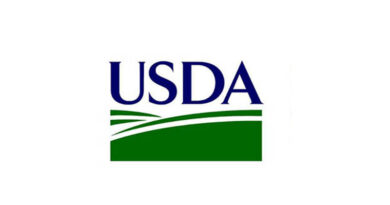The CAP contributes to a balanced development of EU rural areas
14 December 2021, EU: Poverty and land abandonment would be more pronounced in the absence of the common agricultural policy (CAP), however administrative burden limits the efficiency of CAP support in rural areas. Published today, the evaluation of the CAP’s impact on territorial development of rural areas assesses the extent to which the CAP contributes to the development in rural areas by reducing social and economic imbalances, including social exclusion in rural areas and between rural and surrounding areas.
Based on an external evaluation support study, replies to a public consultation and additional analysis carried out by the Commission, the evaluation is relevant for the long-term vision for the EU’s rural areas, which aims to enable rural areas to make the most of their potential and support them in facing demographic change, the risk of poverty and limited access to services.
The evaluation shows that the CAP measures are effective overall in furthering balanced development in EU rural areas, contributing to almost 50% of farm income in the most marginal and remote areas and to farm modernisation and productivity growth. While the CAP is effective in strengthening farm viability and supporting the maintenance of farms in rural areas, the uneven distribution of support limits the CAP’s effectiveness in reducing economic disparities between farmers and different areas.
CAP support has a significant spill-over effect into the wider rural economy, especially in less developed regions, notably thanks to LEADER and support for basic services and village renewal in rural areas that target the wider rural population. CAP funding also generates gross-value added and employment in rural areas across the EU, and contributes to generational renewal.
The evaluation finds that poverty, land abandonment and rural decline would be more pronounced in the absence of the CAP, highlighting a clear EU added value.
However, the attractiveness of rural areas, especially for young farmers, also depends a lot on transport and communications infrastructure and services, especially in remote areas, and there is room for improvement regarding coherence and synergies with other EU funds, as well as national and regional policies.
The evaluation finds that excessive administration associated with applying the CAP support schemes, notably rural development measures, for both beneficiaries and the authorities hinders the efficiency of the CAP. And, while direct payments are delivered with a relatively low administrative burden, they are not particularly targeted towards the social aspects of territorial development or the needs of vulnerable or socially-excluded rural groups.
Background
Rural areas are an integral part of the EU’s social, economic and environmental fabric, accounting for over 80% of its overall land area. A large share of this is farmland, used to produce affordable food for EU consumers while maintaining jobs in rural areas.
While almost 30% of the EU’s population live in these areas, rural populations are both shrinking and aging, and a higher share of people are at risk of poverty and social exclusion in rural areas, compared with cities.
The CAP aims to contribute to balanced territorial development by maintaining a diversified agricultural sector on the EU territory, by reducing the gap between agricultural incomes and those in other sectors, and by supporting economic development, poverty reduction and social inclusion in rural areas, partially financed by the EU rural development policy.














